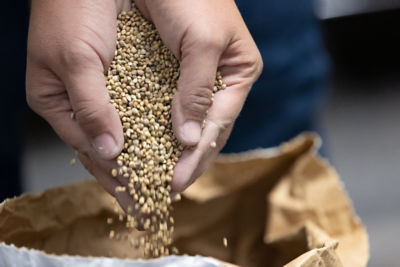Causal Agent
Didymella lycopersici (anamorph: Phoma lycopersici)
Distribution
Denmark, Morocco, New Zealand, Romania, Russia and United Kingdom
Symptoms
Infection usually occurs on the stem at or above the soil line, however, all foliar parts of the plant can be affected. Dark brown, sunken lesions form at the base of the plant and eventually expand to girdle the stem, resulting in yellowing and wilting of the older leaves. As the wilting progresses, the plant may eventually die. Numerous black specks (pycnidia), which are the fruiting structures of the fungus, frequently form in the darkened stem lesions. Splashing water spreads the fungal spores from the pycnidia to the fruit, leaves and stems resulting in additional infections and disease spread. Fruit infection typically occurs at the calyx end and starts as a water soaked lesion that progresses rapidly into a sunken black lesion with concentric rings. Leaf infection begins as small spots, which develop into brown lesions with concentric rings. Pycnidia may develop in the center of these lesions with the leaf eventually taking on a shot hole appearance, or dying.
 Didymella stem rot often starts at the stem base. (Courtesy of Dominique Blancard, French National Institute for Agricultural Research)
Didymella stem rot often starts at the stem base. (Courtesy of Dominique Blancard, French National Institute for Agricultural Research)
Conditions for Development
The fungus can survive in the soil, in infected plant debris and seed, as well as on nightshade and other related hosts. Didymella stem rot occurs over a wide range of conditions, however, 20°c (60°F) accompanied by splashing water from rain or overhead irrigation is optimum for disease development and spread. Plants become more susceptible as they mature, and deficiency of soil nitrogen and phosphorus can contribute to disease severity.
Control
Fungicide spray programs can be effective if properly applied in a timely manner. A good sanitation program, including the removal of all infected plant debris and alternative hosts, as well as a three-year rotation between tomato crops, can reduce losses from this disease. Avoid overhead irrigation and provide adequate ventilation when growing plants in the greenhouse.



